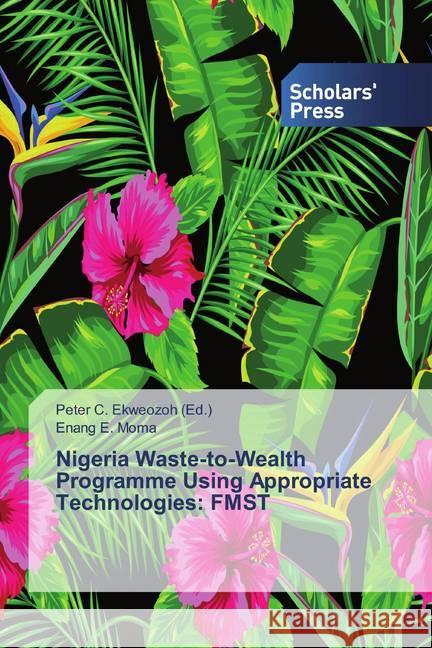Nigeria Waste-to-Wealth Programme Using Appropriate Technologies: FMST » książka
Nigeria Waste-to-Wealth Programme Using Appropriate Technologies: FMST
ISBN-13: 9786202318358 / Angielski / Miękka / 2018 / 64 str.
Wastes pose serious environmental and health problems, promote insect vectors like mosquitoes and flies Cairncross (1993), rats and mice, cause fire hazards, flooding of streams, development of aquatic weeds, odour problems, nuisance, and so on. According to Pichtel (2005), the environmental impacts can be clustered into six categories which include: global warming, photochemical oxidant creation, abiotic resource depletion, acidification, and eutrophication. Some of these problems are directly linked to waste generation. For example, wastes if not properly managed can contribute to greenhouse gas emissions and thus increase global warming. Furthermore, certain toxic heavy metals like lead, mercury, cadmium, minerals and manmade synthetic chemicals present in wastes may contribute to environmental degradation that leads to poor health, disease or even death. Studies have shown that waste can be transported from one place to the other; waste produced in Ibadan may move on and end up in Sokoto, Maiduguri, Abeokuta or Ghana due to movement within and outside the generation site.











